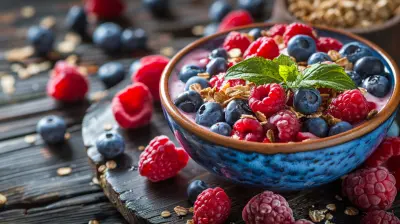The Superfoods to Eat for Healthy Eyes and Vision
20 May 2025
Let’s face it—most of us don’t really think about our eyes until something goes wrong. Maybe your vision gets blurry, or you start getting those annoying dry eyes from staring at screens all day. Sound familiar?
But here’s the thing: your eyes, just like every other part of your body, need the right nutrition to stay healthy. And guess what? There are actual “superfoods” out there that hold the key to clear, strong, and vibrant vision.
In this article, we’re diving deep into the best foods you can eat to support your eye health—because who doesn’t want to see the world a little more clearly?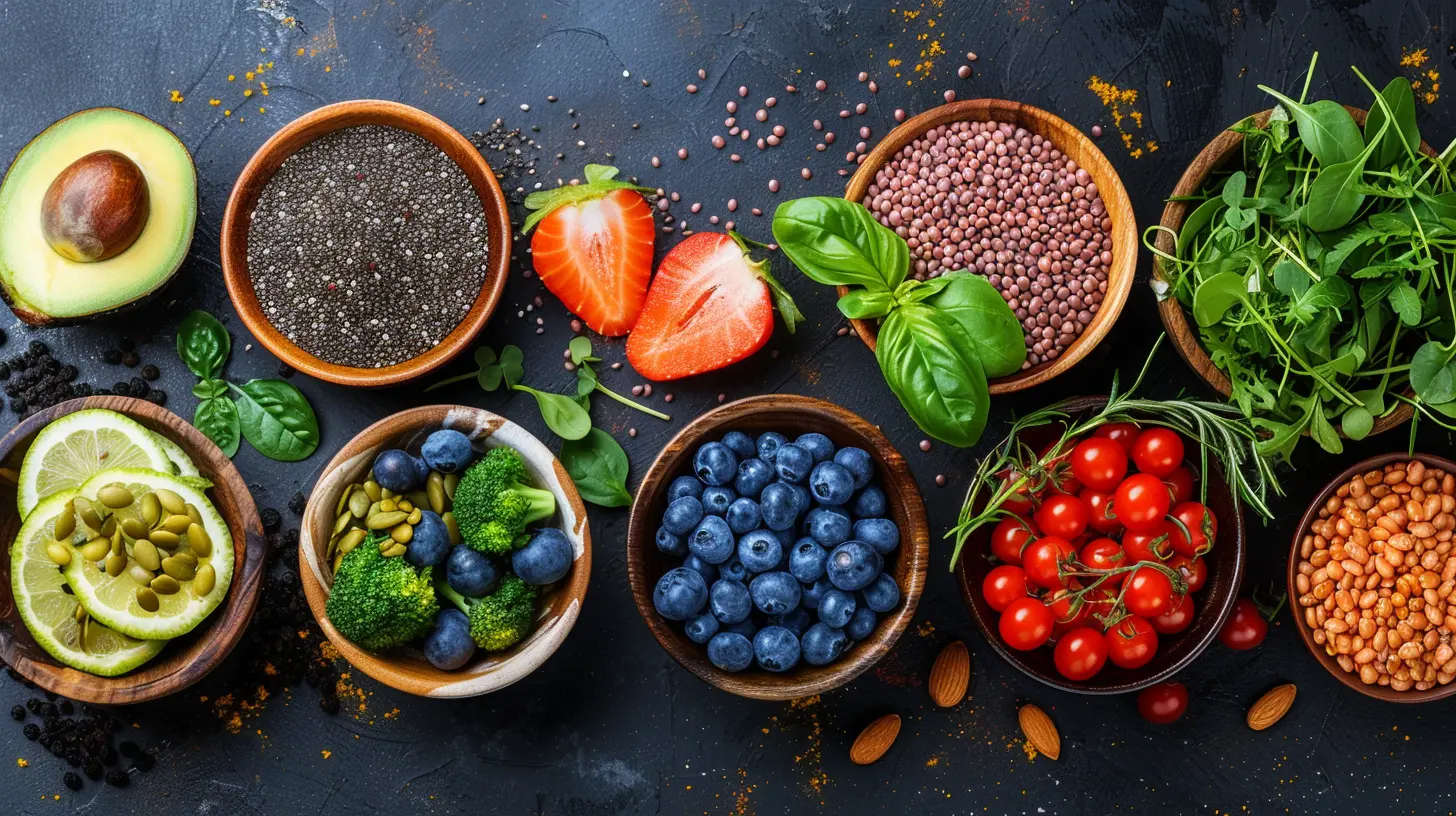
Why What You Eat Affects Your Eyes
Think of your eyes like a camera. To work properly, a camera needs clean lenses, good lighting, and quality components. Your eyes are no different. They need specific nutrients to stay sharp, focus properly, and prevent damage from things like UV rays, pollution, and even aging.Nutrition plays a direct role in eye health. When your body lacks the right vitamins and minerals, your eyes are often the first to feel the impact. Poor diet has been linked to things like:
- Dry eye syndrome
- Age-related macular degeneration (AMD)
- Cataracts
- Night blindness
- Glaucoma
The good news? A diet rich in superfoods can help protect your precious peepers. Let’s get into it.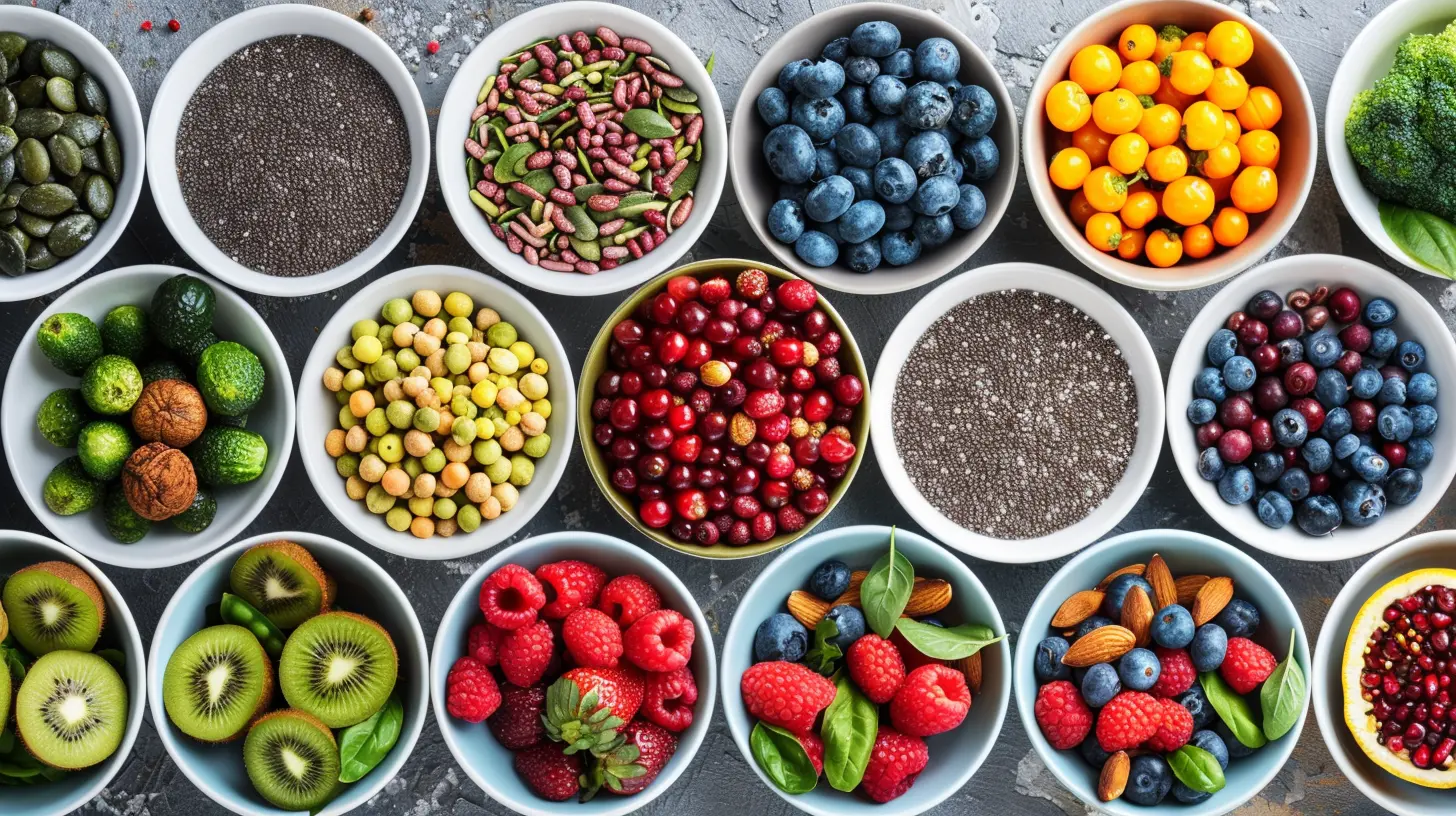
1. Carrots – The Classic Vision Booster
Okay, let’s start with the obvious one—carrots.You’ve probably heard since you were a kid that carrots help you see in the dark. While they won’t give you night vision like a superhero, they do contain beta-carotene, which your body converts into Vitamin A. And Vitamin A is essential for maintaining a healthy retina. Without it? You’re at risk of night blindness.
How to Eat Them:
- Snack on baby carrots with hummus- Add shredded carrots to salads
- Blend into smoothies
- Toss into stir-fries for an extra crunch
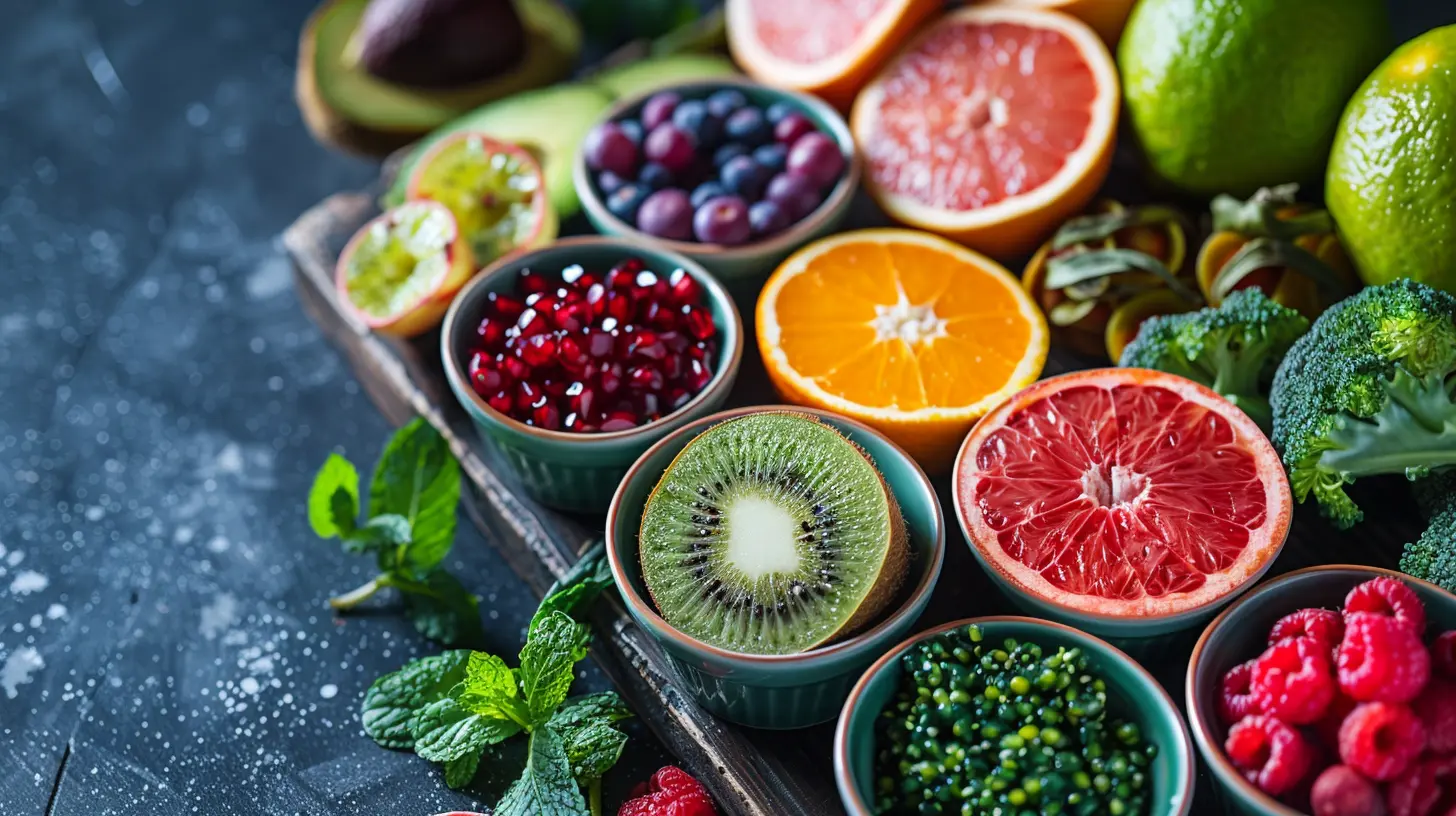
2. Spinach and Kale – Green Giants for Eye Health
These leafy greens are absolute powerhouses when it comes to nutrients. They’re loaded with lutein and zeaxanthin—two antioxidants that love hanging out in your retina and protecting it from blue light (like the kind from your phone and laptop).Why They Matter:
Lutein and zeaxanthin act like natural sunglasses for your eyes. They absorb harmful light, reduce glare, and even help prevent cataracts and macular degeneration.How to Eat Them:
- Blend into a green smoothie- Toss into a salad
- Sauté with garlic and olive oil
- Add to omelets or scrambled eggs
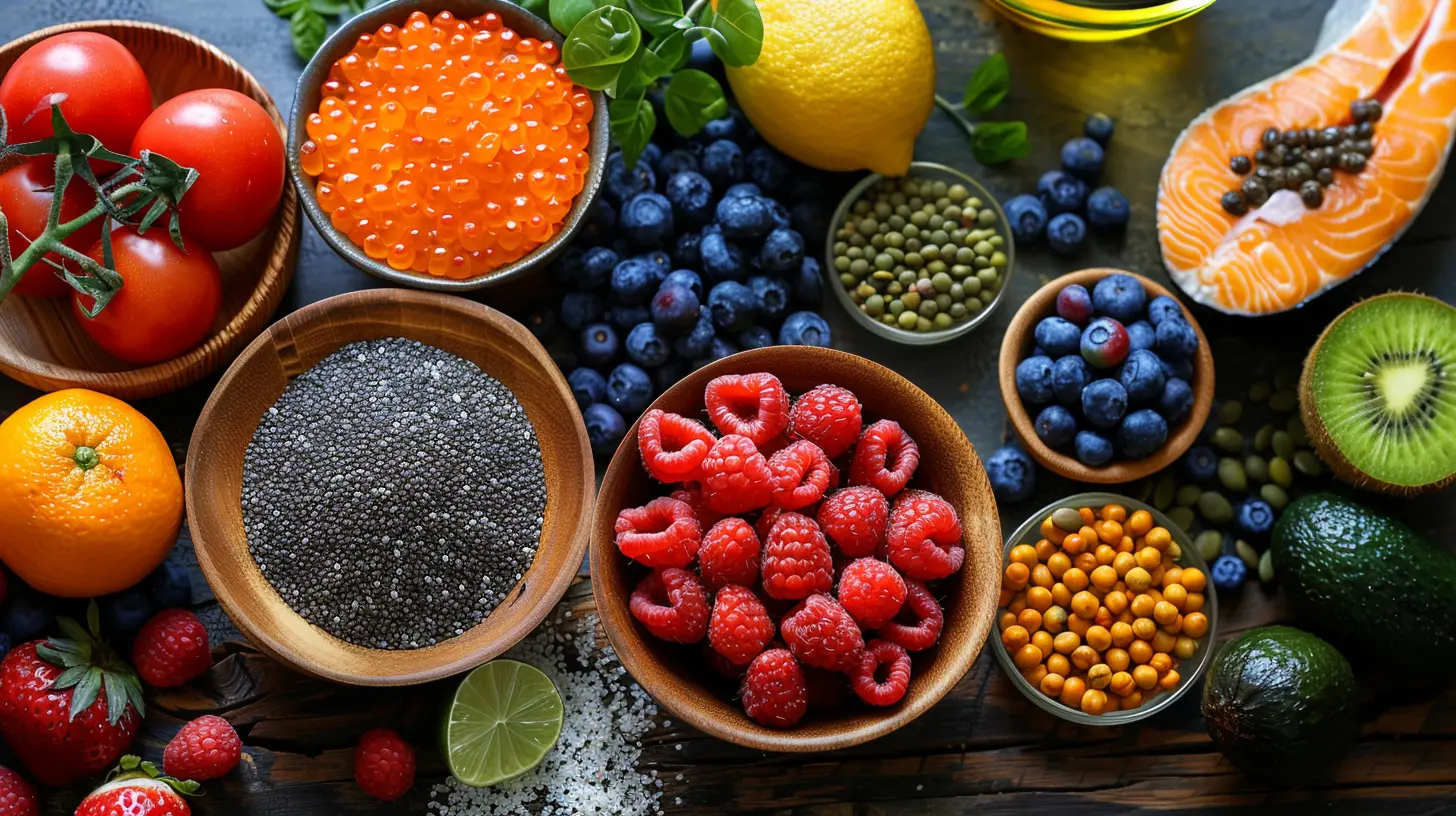
3. Sweet Potatoes – A Colorful Eye-Saving Carb
These vibrant orange beauties are another great source of beta-carotene. But they also contain Vitamin E, an antioxidant that helps protect your eye cells from oxidative damage.Picture eye cells being hit by tiny sparks every day from pollution and stress. Vitamin E sweeps in like a fire extinguisher to prevent or slow down the damage.
Easy Ways to Enjoy:
- Baked as fries- Mashed with cinnamon
- Roasted with rosemary
- Added to Buddha bowls
4. Salmon – Omega-3s For Moisture & Protection
Ever deal with dry, itchy eyes? That might be a sign you’re low on omega-3 fatty acids. Salmon (especially wild-caught) is rich in these healthy fats, which help produce eye lubricants and reduce inflammation in eye tissues.Omega-3s are also great for preventing AMD and glaucoma. So yeah, they do a lot!
Cooking Tips:
- Grilled salmon with lemon and herbs- Sushi rolls (hello, salmon avocado!)
- Flake into salads or rice bowls
- Salmon patties with Greek yogurt sauce
5. Eggs – A Breakfast Staple with Hidden Powers
Eggs, especially the yolks, are rich in lutein, zeaxanthin, zinc, and Vitamin A—all crucial for eye health. Zinc, for example, helps bring Vitamin A from the liver to the retina, where it keeps your night vision sharp.And yolks? They’re like a one-stop-shop for eye nutrients.
Ideas to Get Crackin’:
- Scrambled with spinach- Boiled as a snack
- Poached on toast
- Deviled eggs for a fun twist
6. Blueberries – The Berry Your Eyes Love
These little berries are bursting with antioxidants. They protect your eyes from damage caused by pollution, UV rays, and general wear and tear. Some studies even suggest that blueberries may improve night vision and reduce eye fatigue. Who couldn’t use that after a long Zoom meeting?Berry-licious Ways to Eat:
- On top of oatmeal- Blended into smoothies
- Mixed into Greek yogurt
- As a topping on whole grain pancakes
7. Bell Peppers – Colorful Crunch with Vitamin C
Red, yellow, green—you name it. Bell peppers are packed with Vitamin C, which supports the blood vessels in your eyes and helps lower your risk of cataracts.Vitamin C also works together with other nutrients like Vitamin A and E to shield your eyes from free radicals.
Quick Uses:
- Raw with hummus or guac- Sautéed in stir-fry
- Stuffed with quinoa and beans
- Chopped into salsa or salad
8. Nuts and Seeds – Tiny But Mighty
Want a simple snack that packs a punch? Grab a handful of almonds, walnuts, or sunflower seeds. They’re high in Vitamin E and omega-3s, both essential for keeping the tissues in your eyes healthy and preventing age-related decline.Nutty Ideas:
- Sprinkle on oatmeal or yogurt- Add to your trail mix
- Toss into salads for crunch
- Blend into homemade energy bars
9. Citrus Fruits – Tangy & Eye-Friendly
Oranges, grapefruits, lemons and limes aren’t just for cold prevention. They’re full of Vitamin C, which—as we covered earlier—is a big player in maintaining the health of your eye’s blood vessels and preventing cataracts.Easy Ways to Squeeze Them In:
- Fresh orange juice (limit the sugar)- Citrus salad with mint
- Grapefruit sections as a snack
- Lemon water throughout the day
10. Broccoli – The Underrated Hero
Broccoli might not be your favorite veggie, but it’s time to show it some love. This green veggie combines Vitamin A, C, and E, all of which help guard against free radical damage that could hurt your eyes.Plus, broccoli stalks have lutein! Don't toss them—peel and chop into stir-fries or soups.
Tasty Broccoli Tips:
- Roasted with garlic- Steamed with cheese sauce
- Added to casseroles
- Blended into cream of broccoli soup
Bonus: Dark Chocolate – Yes, You Read That Right
Good-quality dark chocolate (at least 70% cacao) contains flavonoids and antioxidants that increase blood flow to the retina and cornea. It’s not a superfood you should go overboard with, but it’s a delicious way to give your eyes a tiny boost.Tips for Maintaining Great Eye Health
Okay, so now you know what to add to your plate. But food is just one piece of the puzzle. Here are a few extra habits to keep your eyes in tip-top shape:- Wear sunglasses – even when it’s cloudy
- Take screen breaks – follow the 20-20-20 rule (every 20 minutes, look at something 20 feet away for 20 seconds)
- Stay hydrated – dry eyes love a glass of water
- Get regular eye check-ups – prevention beats cure
Final Thoughts
Taking care of your eyes doesn’t have to be complicated. Just like you wouldn’t skip brushing your teeth, you shouldn’t ignore what you’re feeding your vision. The beautiful thing is, incorporating these superfoods into your everyday meals is not only easy—but also super tasty.So next time you're grocery shopping, think of your eyes too. Grab those leafy greens, pick up some salmon, stock up on colorful fruits, and give your future self the gift of clear, healthy sight.
Remember, your eyes are your window to the world—treat them with love, care, and lots of nutrients.
all images in this post were generated using AI tools
Category:
SuperfoodsAuthor:

Laura Hudson
Discussion
rate this article
3 comments
Lysander McEvoy
This article beautifully highlights the essential superfoods for maintaining eye health. Incorporating foods rich in antioxidants, omega-3 fatty acids, and vitamins can significantly enhance vision and protect against age-related eye conditions. A must-read for health-conscious readers!
June 14, 2025 at 3:26 AM

Laura Hudson
Thank you for your thoughtful comment! I'm glad you found the article informative and helpful for maintaining eye health.
Henry Lynch
Thank you for this insightful article! It's wonderful to learn about delicious superfoods that can support our eye health. I'm excited to incorporate these into my diet for better vision!
May 23, 2025 at 3:00 PM

Laura Hudson
Thank you for your kind words! I'm glad you found the article helpful and are excited to improve your eye health with these superfoods!
Gemma Becker
Thank you for sharing this insightful article! I appreciate learning about superfoods that can benefit eye health. It's a simple yet effective way to care for our vision.
May 21, 2025 at 3:15 PM

Laura Hudson
Thank you for your kind words! I'm glad you found the article helpful for eye health.

